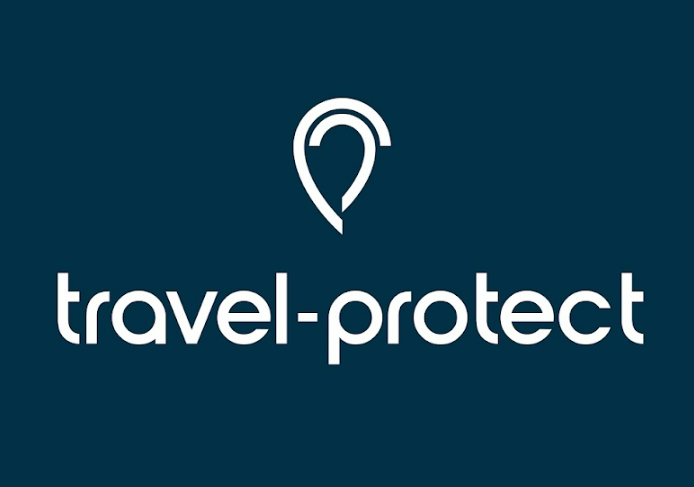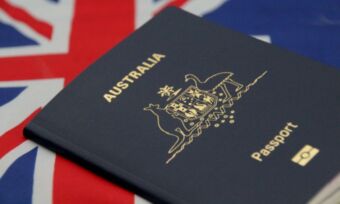How do you choose the best family travel insurance?
There is no one size fits all solution for finding the best travel insurance in Australia. When selecting a travel insurance policy for your family, consider policy details such as:
- the types and cost limits of medical expenses
- whether any activities are excluded
- the amount your belongings are covered for should they be lost or stolen
- what types of cancellations or delays are covered.
Every travel insurance policy is different, so take the time to read the fine print of any terms and conditions before you agree to a policy, and be aware of any special eligibility criteria that might apply before your holiday starts. Depending on your circumstances, you could find you get better value by purchasing your cover during the early planning stages (once you’ve decided where and when you’re going), as it might cover bookings you make in the lead up to your travel, as well as while you are on your trip. Ultimately, the best travel insurance for your family is one that covers you for everything you need at a price that’s within your budget.
What determines the cost of travel insurance?
When it comes to family travel insurance comparison, factors that can affect the cost of different policies include the level of cover you choose, your destination(s), the size of your family, how long you need cover for, the health of your family members and the provider you use can impact the cost of travel insurance.
Factors influencing travel insurance premiums
- The level of cover: Comprehensive policies for your family with more inclusions may come with higher premiums than more basic policies.
- Your destination: Some countries are considered more dangerous than others, so you may need to pay a higher premium if you are planning a trip to a risky location with safety warnings. Before you travel, visit the Australian Government’s Smartraveller website for destination-based travel warnings and general tips about visiting other countries.
- Additional cover: Particular activities such as skiing or water sports, or spending time on a cruise ship may be seen as risky, and therefore contribute to a higher insurance premium. Alternatively, some providers may not cover these activities and may require you to take out a more comprehensive or specialised policy.
- Annual multi-trip or once-off single trip policy: Multi-trip travel insurance policies can cover you for multiple trips in a 12-month period, often making them more expensive than a policy taken out for a single trip.
- The size of your family: The number of family members you bring may influence premiums, but some providers allow eligible dependants to be added to a policy for no additional cost (so it can be worth shopping around).
- Time: The length of your trip can impact premiums.
- Provider: Your choice of provider can impact premiums – some providers may charge you more for the same trip than others.
- The health of your family members: It could be a good idea to disclose any pre-existing conditions to ensure you are covered for them, even though it may increase the price of premiums.
What exclusions can apply with family travel insurance?
Like any insurance policy, travel insurance can come with exclusions. Here are some examples of situations where you may not be eligible for cover or where your claim may be denied.
Common travel insurance exclusions
- Participating in an unapproved, high-risk sport or activity that you don’t have specialist or additional travel insurance cover for (e.g. going snowboarding, visiting a volcano, trying bungee jumping).
- Having a pre-existing medical condition and not disclosing it to your travel insurance provider – this can often result in not being covered for any claims related to the condition. However, keep in mind that some providers may cover certain pre-existing conditions, so check if you are unsure.
- Leaving belongings unattended, and them becoming lost, damaged or stolen.
- Participating in an illegal activity, engaging in reckless behaviour, using drugs or being intoxicated.
- Travelling to a destination when there are travel warnings in place from the Australian Government. Visit the Smartraveller website before you go to check active travel warnings.
- Being impacted by an act of war, terrorism or civil unrest.
Before you take out a travel insurance policy, it’s a good idea to check the Product Disclosure Statement (PDS) and Target Market Determination (TMD). If there is anything you are unsure about or if you have any general questions, speak to your insurance provider for details.
What do insurers consider a family?
Insurance providers commonly define a ‘family’ as the policyholder, their spouse or de facto partner, and any dependants, provided all of these people are listed on the policy. Some policies set limits on the number of kids you can list on your policy, while others have no limits, making them potentially more suitable for larger families.
If you’re travelling with multiple families or your family is particularly large, you might also want to consider group travel insurance, which typically offers cover for up to 25 people under a single policy. If you are a single parent, any dependent children you’re travelling with may be covered under your singles policy, rather than requiring a family policy.

































 As Canstar’s Group Manager, Research, Ratings & Product Data, Josh Sale is responsible for the methodology and delivery of Canstar’s Travel Insurance Star Ratings. With tertiary qualifications in economics and finance, Josh has worked behind the scenes for the last five years to develop Star Ratings and Awards that help connect consumers with the right product for them.
As Canstar’s Group Manager, Research, Ratings & Product Data, Josh Sale is responsible for the methodology and delivery of Canstar’s Travel Insurance Star Ratings. With tertiary qualifications in economics and finance, Josh has worked behind the scenes for the last five years to develop Star Ratings and Awards that help connect consumers with the right product for them.






